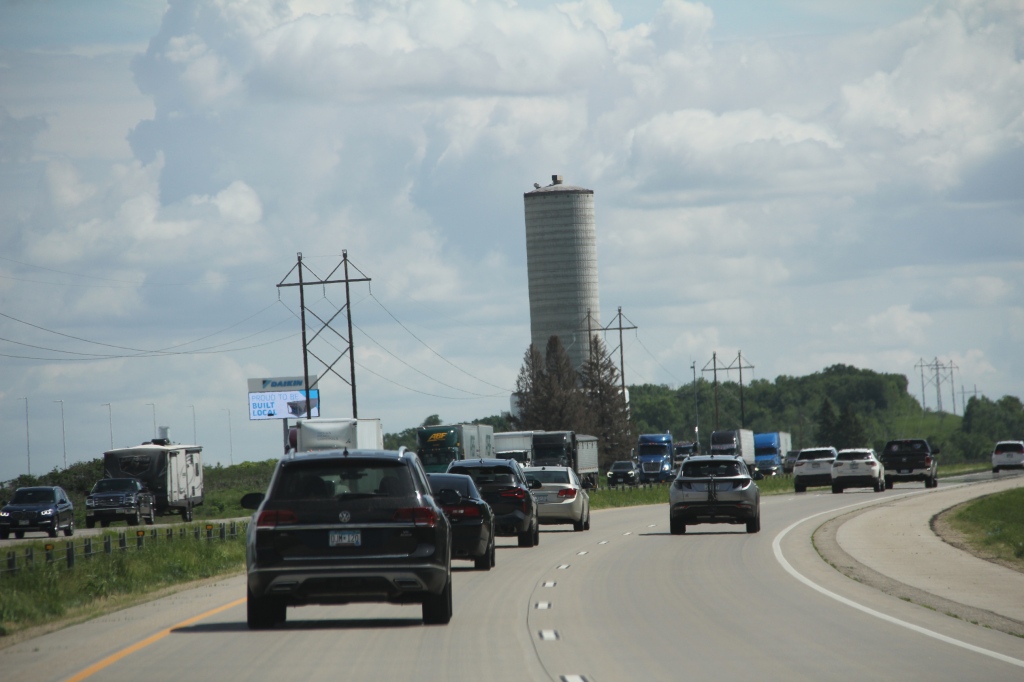
MATTHEW. CIMBERLY. MONA. DENNIS. They ranged in age from 63 to 79. And they all died this summer as a result of crashes in a construction zone on Interstate 35 just north and south of Faribault. Add to that multiple other crashes, including an August 20 six-vehicle chain reaction pile-up resulting in life-threatening injuries to two women, and this stretch of roadway has quickly become known as unsafe and deadly.
Faribault Fire Chief Dusty Dienst in mid-July publicly encouraged local residents to avoid this section of the I-35 corridor as construction continues into November and then resumes again next year. Dienst’s warning came shortly after two semis collided in a fiery crash on July 12. Dennis, a trucker from South Dakota, died of his injuries 16 days later. And Dienst’s warning came nearly a month before the latest three fatalities.
Mona from east central Minnesota died on August 11 and then Matthew and Cimberly, a couple from Iowa, two weeks later in crashes in the same area of the northbound lanes just south of Faribault.
Local residents are rightly concerned. I am, too. We are avoiding the interstate and have told our daughter and her husband, who live 35 minutes north in Lakeville, to “Stay off 35 by Faribault.”
People are quick, on social media, to speculate on the causes of these crashes. They point primarily to speed and distracted driving, without any insider knowledge. Since I don’t know the facts, I won’t assume anything. The Minnesota State Patrol, the investigating entity, can determine the causes. I will say, though, that I have witnessed my share of distracted and dangerous driving (tailgating, speeding, weaving…) on I-35 and other interstates/freeways both inside and outside the Twin Cities metro. That’s both in passenger vehicles and in semi trucks.
The fact is that four people died within a month in the construction zone on the interstate near Faribault. They leave loved ones and friends grieving their tragic, unexpected deaths.
Every time I hear sirens now and watch as the ambulance speeds by my house, I wonder if yet another crash has occurred along the interstate. Every time I hear and see an air ambulance flying near my home, heading toward the hospital, I wonder if yet another person has been airlifted off the interstate with critical, life-threatening injuries. Every time traffic builds on my street to a steady, higher volume than usual, I check local media for reports of yet another serious crash along I-35 by Faribault. The street past my house is a backroad route between Medford and Faribault, although not the official detour off 35.
And I wonder, what can be done to improve safety so no one else is injured or dies in the I-35 construction zone in Rice County? Something needs to change. And soon.
© Copyright 2023 Audrey Kletscher Helbling




Recent Comments